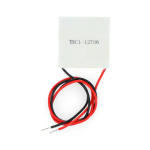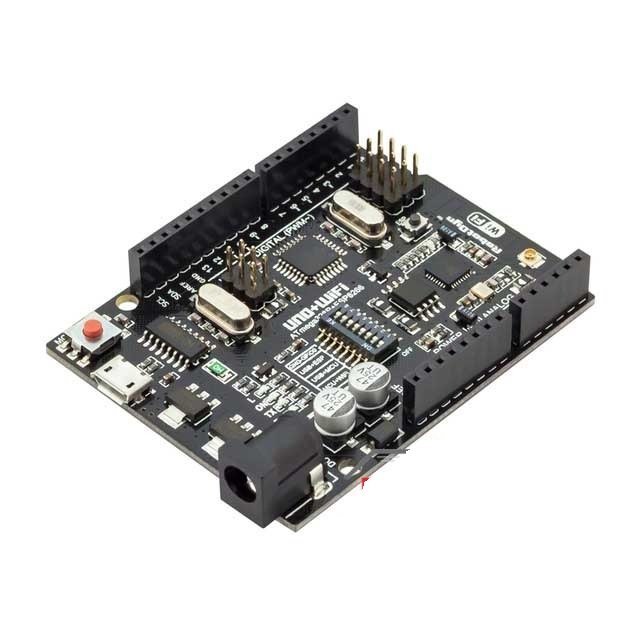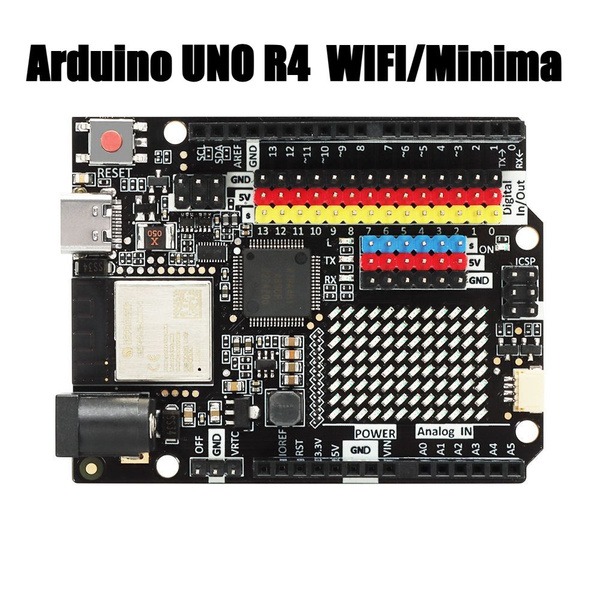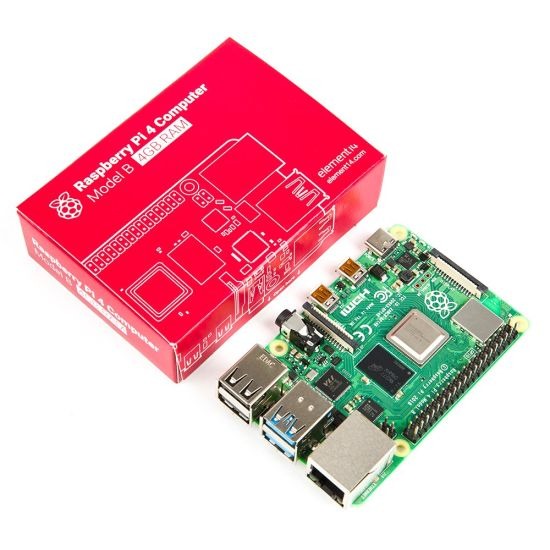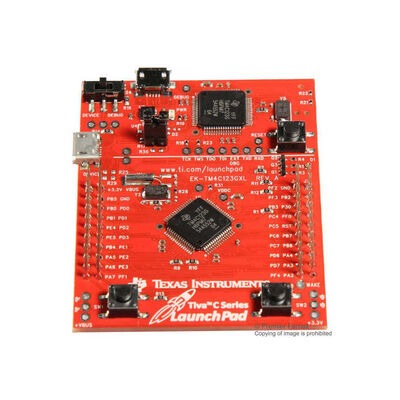Description
Arduino UNO R3 with Integrated WiFi Module – ATmega328P + ESP8266
This enhanced Arduino UNO R3 board combines the classic ATmega328P microcontroller with an integrated ESP8266 WiFi module, offering the best of both worlds: reliable Arduino functionality and built-in wireless communication. It’s ideal for IoT (Internet of Things) projects, smart devices, and wireless data applications.
The board can operate in three modes: UNO only, ESP8266 only, or UNO + ESP8266 combined, selectable via onboard DIP switches. This makes it a versatile platform for beginners and advanced makers alike.
Key Features
-
Combines Arduino UNO R3 and ESP8266 WiFi module
-
Dual microcontrollers: ATmega328P and ESP8266 (8MB flash)
-
DIP switches for mode selection: UNO / ESP / Both
-
CH340G USB-to-Serial converter for easy programming
-
Compatible with Arduino IDE and NodeMCU firmware
-
Excellent for IoT, automation, and remote sensing projects
Specifications
| Parameter | Value |
|---|---|
| Microcontroller (UNO) | ATmega328P |
| WiFi Module | ESP8266 (Model ESP-12E, 8MB flash) |
| USB Interface | CH340G |
| Operating Voltage | 5V (UNO) / 3.3V (ESP8266) |
| Logic Level | 5V (UNO), 3.3V (ESP8266) |
| Digital I/O Pins | 14 (6 PWM) |
| Analog Input Pins | 6 |
| Communication | UART, SPI, I2C |
| Dimensions | Standard UNO R3 size (~68.6 x 53.4mm) |
Package Includes
-
1 × Arduino UNO R3 with Built-in ESP8266 WiFi Module
🌐 Tip: Use DIP switches to set the correct communication mode before uploading code to either the UNO or ESP8266.
Specification
General
| Weight Weight | 0,0000 g |
|---|---|
 Dimensions
Dimensions
|
0,00 × 0,00 × 0,00 mm |
| microcontroller |
ATmega328P |
| wifi-module |
Integrated (specific model may vary) |
| digital-i-o-pins |
14 (6 PWM outputs) |
| analog-input-pins |
6 |
| flash-memory |
32 KB (of which 0.5 KB used by bootloader) |
| sram |
2 KB |
| eeprom |
1 KB |
| operating-voltage |
5V |
| input-voltage |
7-12V |


